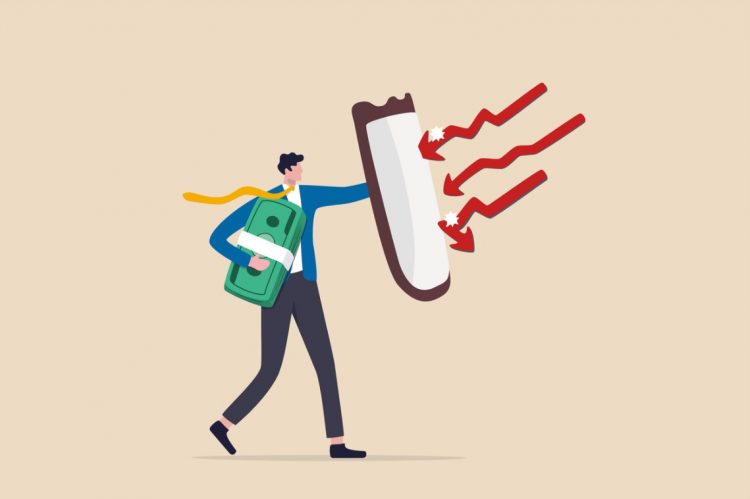It’s still not good, but “better” is great news right now.
That appears to be the consensus from economists after the latest inflation data from the Bureau of Labor Statistics (BLS) showed prices are finally starting to come down, with the Consumer Price Index (CPI) reading 8.5%—lower than expected, and a significant improvement over last month’s historic 9.1% increase.
Wall Street seemed particularly encouraged by the report, with all three major stock indices popping more than 1.5% early Wednesday morning.
As inflation grew to become a top kitchen table issue this year, with spiraling fuel costs and food prices weighing heavily on monthly budgets, the Federal Reserve has recently taken an aggressive stance in winding down pandemic-era monetary policy, raising interest rates by 75 basis points in each of its last two meetings.
Dr. Lisa Sturtevant, chief economist for Bright MLS, said in a statement that the CPI reading along with last week’s strong job numbers are signs this strategy could be working.
“The easing of overall inflation coupled with strong labor market conditions could provide some optimism to the Federal Reserve that the rate hikes are working and that the elusive ‘soft landing’—that is, bring inflation down without sending the labor market tumbling—is a possibility,” she said.
Fed Chair Jerome Powell has previously said he is looking for consistently falling inflation before easing up on rate hikes. Mortgage rates have already priced in much of the anticipated interest rate increase, according to many economists.
Last month, Powell said even some easing of consumer prices would not change the necessity for some “additional tightening” in the near future.
Among the biggest improvements within the CPI was gasoline—down 7% from previous month. Fuel oil fell 11%, and energy costs overall were down 4.6%, a sharp about-face from a 7.5% increase in June.
Other costs remain stubbornly high, however, which Strurtevant cautioned will continue to pose a challenge to everyday Americans as well as policymakers trying to cool the economy. Overall, shelter costs were up 0.5% in July, slowing only fractionally from a 0.6% increase in June.
And these might not include much of the pressure caused by the recent run-up in home prices, according to Sturtevant.
“Because of the way the government calculates the cost of housing, increases in home prices and rents have not completely shown up in the inflation numbers,” she explained. “Even as home price and rent growth slows, the rapid rise in housing costs over the past year will keep putting upward pressure on inflation in the months to come.”
Rents for primary residences are up 6.3% year-over-year, and owner-equivalent rents are up 5.8%.
At the same time, home prices were up close to 20% back in May—certainly not an analogous measurement to the CPI shelter cost index, but something Sturtevant says cannot be ignored as affordability weighs on the housing market.
“High housing costs and the challenges they pose to prospective buyers and renters will continue to be a strain on the economy,” she said.

Jesse Williams is RISMedia’s senior editor. Email him your real estate news to jwilliams@rismedia.com.











